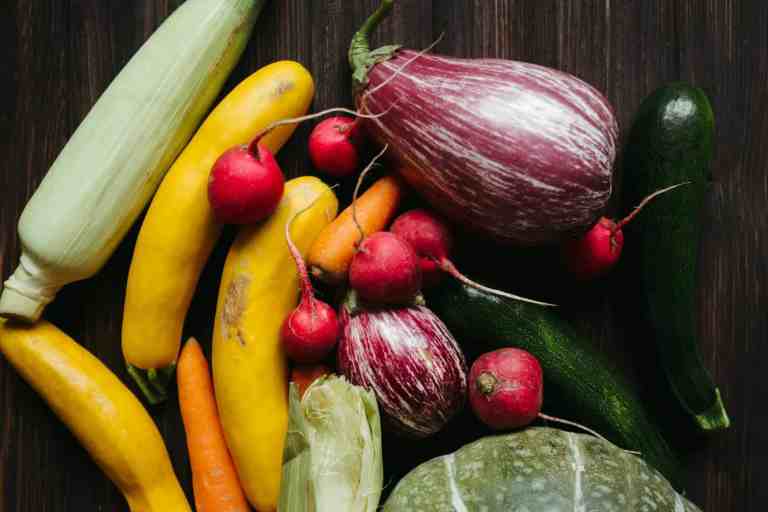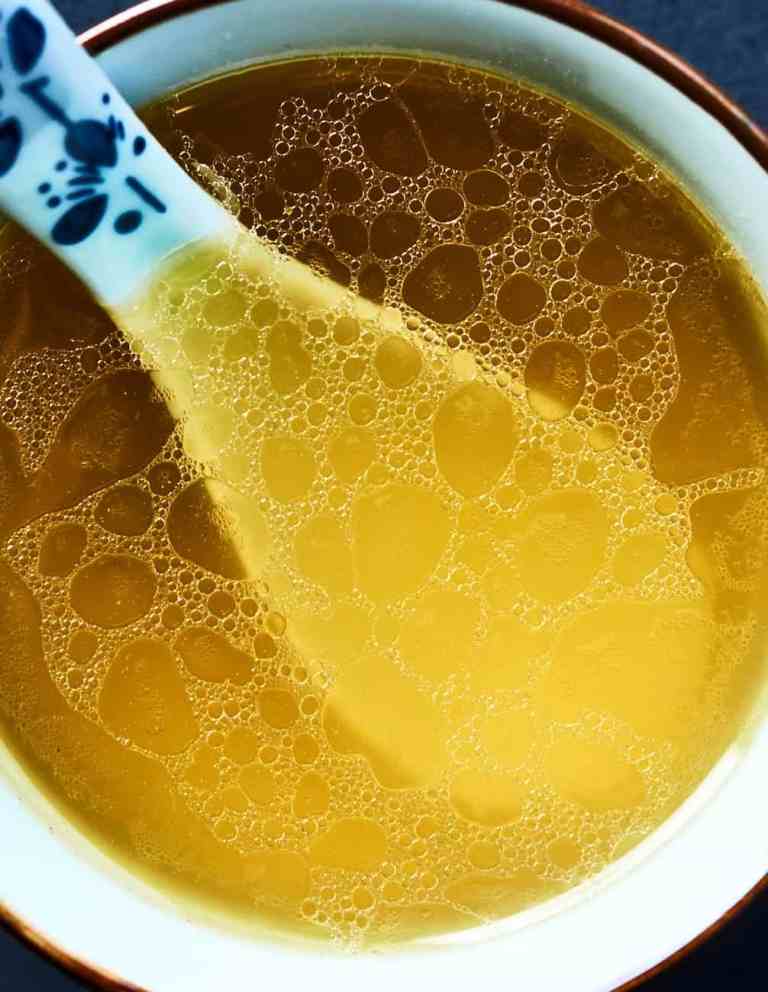Sustainability Trends for 2024 – Top Trends to Watch
Sustainability is complex. There is no silver bullet for a more sustainable future. With more people looking to companies looking to take climate action, we’re taking note of the key trends you should be looking out for in 2024 that will have a positive environmental impact.
It’s no secret that many people are concerned about climate change. So many companies have made promises to reach net zero emissions by 2030 or 2050. Yet, these promises have little to no progress against them. New companies are beginning to incorporate sustainable practices into their business positions. Consumer attitudes are changing to embrace these brands and the benefits of sustainability led products. Be sure to look at our Sustainable Brands to Support page to get a sneak peak of just a few!
As target dates are getting closer and consumers are demanding corporate social responsibility, many business leaders are looking for quick wins for ways they can reduce their greenhouse gas emissions. These are the consumer sustainability trends both businesses and consumers should be looking out for in 2024.
Regenerative agriculture
One of the top sustainable choices consumers can make next year is by choosing products made with regenerative agriculture. Regenerative agriculture has gotten a lot of attention recently as providing a significant impact on sustainability efforts in food production. It also helps support biodiversity loss and soil restoration. Organic has taken the spotlight for a number of years as the most sustainable option. However, recent studies have shown that without incorporating regenerative practices into agriculture, organic can erode soil nutrients away just as much as conventional farming. Regenerative agriculture is a farming philosophy that mimics nature’s own genius, prioritizing soil health as the foundation of everything. Practices like cover cropping, where fields are planted with protective vegetation even when not actively growing food, build organic matter and foster biodiversity. No-till farming minimizes soil disturbance, preserving its delicate structure and promoting water infiltration. Rotational grazing mimics the movement of herds in nature, allowing land to recover and preventing erosion.
The benefits ripple outwards, like water circles on a pond. Regenerative farms sequester carbon from the atmosphere, mitigating climate change while improving soil fertility. They produce nutrient-rich, flavorful food, often with higher levels of vitamins and minerals. They support farmers’ livelihoods, fostering resilience and economic stability. And they nurture local ecosystems, providing habitat for pollinators and other key species.
While the definition of Regenerative Agriculture is yet to be decided on, the NRDC provides some insights here. A certification to be on the lookout for is Regenerative Organic Certified, but look for more products here.
Upcycling/Circularity: Feasting on Leftovers
Our plates get piled high, but so do landfills. Food waste rots away, releasing methane, while packaging mountains threaten ecosystems. These methane emissions are 25x more damaging than carbon dioxide greenhouse gases. Circularity is latest sustainability trend, popping up in all sorts of products.
What if we saw scraps not as failures, but as the first course of a new feast? Upcycling turns citrus peels into zesty jams, wilted greens into nutrient-rich pesto, and leftover bread into crunchy croutons. Circularity closes the loop, with food waste composted back into the soil, nourishing future harvests. It’s a culinary alchemy, transforming discards into delights, reducing waste, and saving precious resources.
A brand doing this really well is one on our sustainable brands products called Matriark Foods. They take tomatoes that would have been otherwise discarded for not meeting the guidance to be sold on grocery store shelves and turn it into delicious tomato sauce. Let’s savor every scrap we can and rewrite the food story where leftovers become the start of something delicious and sustainable.
Biodegradable & Plastic-Free Packaging:
One of the latest sustainability trends that is beginning to emerge is packaging made with earth friendly materials. Plastic is the omnipresent villain, chokes our oceans, landfills, and even our food chain. Single-use plastics have created plastic mountains in oceans and ruining our natural landscapes. Biodegradable materials, from mushroom mycelium to seaweed to brown cardboard, are revolutionizing how we protect our edible treasures. These natural wonders compost alongside food scraps, enriching the soil, not polluting it.
Consumers are increasingly displaying environmental concern for how plastics affect the planet’s health and our health. Recent research proves that plastic pollution have reached some of most remote locations of the planet. Packaging plays a critical role in the amount of waste a product produces. It’s a key first step for many brands to improve their environmental impact.
Packaging is typically the first indication of sustainable products for consumers. Sustainable packaging can include anything from a biodegradable material to reusability to contributing to a circular economy. Although you can’t judge a book by it’s cover, or a product’s sustainability by it’s packaging, it’s a good indicator if a brand is attempting to work towards climate trends. The growing demand for phasing out plastics will be a key trend in 2024 to look out for.
Traceability: From Farm to Fork, Full Knowledge
We crave deliciousness, but also knowledge. Many have begun to wonder, Where does our food come from? How are farmers treated? Are animals raised humanely? Traceability shines a light on the food chain, ensuring ethical practices and responsible sourcing. Imagine scanning a QR code on your apple and seeing the orchard it grew in, or knowing the happy hens behind your eggs. Many sustainability leaders are looking to provide greater transparency to consumers as a competitive advantage.
While it has always been important, transparency in our supply chains became paramount in recent years during COVID when store shelves were empty and staple products weren’t readily available. This meant consumers did not know where their food came from, which made many uncomfortable. Transparency builds trust, empowers consumers, and drives change. Let’s demand traceable food, support ethical producers, and savor every bite with the knowledge that it nourishes not just our bodies, but also our values. This will continue to be a key sustainability trend in 2024.
Made with Local Ingredients
As we just talked about in transparency, the pandemic shined a light on just how broken our food supply chain really is. Not only does it make sense to source products from places more locally, but it also shared just how high the carbon emissions needed to transport products from one end of the planet to another really were. This is because business operations need to burn fossil fuels to transport ingredients. While electric vehicles may be sprouting up, they are too new of a technology to replace an entire distribution fleet.
Picture your plate teeming with the vibrant hues of sun-ripened tomatoes grown just down the road, or savor the honeyed sweetness of strawberries hand-picked at a nearby farm. Although this isn’t easy to do at scale, in 2024, you’ll see many companies and brands looking to source from the same continent vs from around the world. Take note of packaging and brands this coming year making claims with local ingredients.
Choosing local ingredients isn’t just a fad, it’s a love letter to your community and the environment. It supports local farmers, reduces carbon footprint by minimizing transportation, and injects vibrant freshness into your meals. You’ll see more consumers celebrate the seasons, embrace the harvest bounty of your region, and nourish your body and soul with the goodness grown close to home. Be sure to check back this year for a better idea of how to do just that!
Human Rights & Forced Labor:
The deliciousness on our plates shouldn’t come at the cost of someone else’s suffering. Forced labor and unfair working conditions taint the food chain, casting a shadow on our enjoyment. Choosing ethically sourced food means demanding transparency, supporting producers who value human rights, and refusing to be complicit in exploitation. Research brands, seek certifications like Fair Trade, and raise awareness about ethical labor practices. Don’t be afraid to ask questions or do a little research on where something comes from.
Although this ties into ingredient transparency, there are increasing demands for companies to have social sustainability included in their sustainability goals. This plays a significant role in company perception in the long term. With recent headlines from about forced labor from chocolate and coffee, human rights and forced labor are going to take a front seat this year. Be on the look out for increasing certifications like “Fair Trade” this coming year. Make every bite a commitment to a food system that nourishes everyone, not just a select few.
Addressing Deforestation Concerns
The aroma of coffee may invigorate our mornings, but its cultivation often comes at a devastating cost – deforestation. The insatiable demand for meat and certain crops like soy and palm oil fuels the destruction of precious rainforests, vital for biodiversity and climate health. Consumer demands for deforestation free products will become table stakes in future years as our natural resources continue to diminish.
Opting for plant-based meals more often, choosing sustainably sourced meat and dairy, and supporting deforestation-free initiatives can make a difference. Be on the lookout for certifications like the Rainforest Alliance or sustainably sourced. Let every conscious choice be a seed of change, a movement towards protecting our planet’s irreplaceable lungs and the countless species that call them home.
Mindful Consumption
The last sustainability trend you’ll notice in 2024 is the one around mindful consumption. In a world of abundance, it’s easy to forget the true purpose of food – to nourish, connect, and celebrate. Mindful consumption reminds us to appreciate every bite, savoring the flavors, textures, and the company it brings. It means planning meals, avoiding impulse buys, and cooking with intention. It’s about turning off distractions while eating, engaging in conversations around the table, and cherishing the shared experience. When we eat mindfully, we waste less, appreciate more, and cultivate a healthier relationship with food.
Sustainability Trends Recap
We hope you enjoyed this post about the upcoming sustainable trends for 2024. Key trends include regenerative ag, upcycling, circularity, and transparency and traceability. Consumer demand for more sustainable products will continue to grow. Brands looking to position themselves as leaders in sustainabtility should strive to reach at least one of these goals this coming year. Consumers should be looking to purchase products that meet these claims, I know I will be shopping more sustainability this year!
If you enjoyed this post, be sure to take a look at some other great content on the blog like How to look for a sustainable Product. Comment below which sustainability trend are you most excited about and Don’t forget to share this post with your friends, family and coworkers!
Discover more from made to sustain
Subscribe to get the latest posts to your email.







